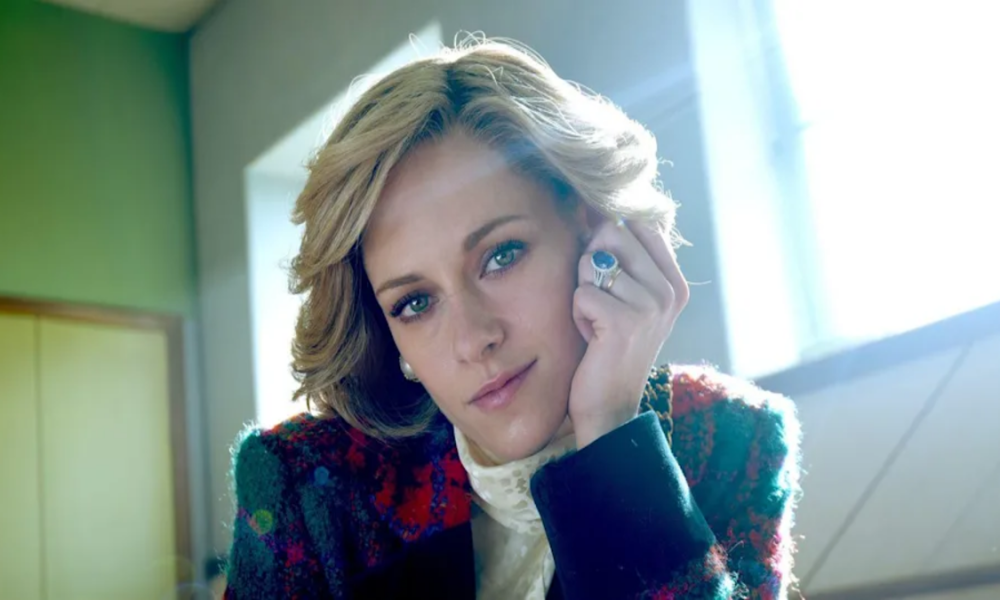NASA mathematician Katherine Johnson, who developed equations that helped the United States launch its first astronaut into space in 1961 and safely plant Apollo 11 on the moon in 1969, died this morning at age 101.
NASA Administrator Jim Bridenstine announced her death today (Feb. 24) and said it occurred earlier in the morning. “Ms. Johnson helped our nation enlarge the frontiers of space even as she made huge strides that also opened doors for women and people of color in the universal human quest to explore space,” he said in a statement. “Her dedication and skill as a mathematician helped put humans on the moon.”
https://twitter.com/JimBridenstine/status/1231946829962584065?s=20
Early Life and Family
Born as Katherine Coleman, she was the youngest of four siblings to parents Joylette and Joshua Coleman in White Sulphur Springs, West Virginia, on August 26, 1918 – a date that now commemorates Women’s Equality Day. Johnson showed an early predilection for math. “I counted everything,” she once proclaimed. “I counted the steps to the road, the steps up to church, the number of dishes and silverware I washed…and that could be counted, I did.”
Being handpicked to be one of three black students to integrate West Virginia’s graduate schools is something that many people would consider one of their life’s most notable moments, but it’s just one of several breakthroughs that have marked Johnson’s long and remarkable life. Johnson’s intense curiosity and brilliance with numbers vaulted her ahead several grades in school. By thirteen, she was attending the high school on the campus of historically black West Virginia State College. At eighteen, she enrolled in the college itself, where she made quick work of the school’s math curriculum and found a mentor in math professor W.W. Schieffelin Claytor, the third African American to earn a PhD in Mathematics. Johnson graduated with highest honors in 1937 and took a job teaching at a black public school in Virginia.
In 1939, she married her first husband, James Goble. They had three daughters: Constance, Joylette, and Katherine. In 1953, she and James moved their family to Newport News to pursue a new job opportunity. In 1956, James Goble died of an inoperable brain tumor. In 1959, Katherine Goble married James A. Johnson, a United States Army officer and veteran of the Korean War. The pair were married until his death in March 2019 at the age of 93.
Life Changing Oportunity
The 1957 launch of the Soviet satellite Sputnik changed history, and Johnson’s life. In 1957, Johnson provided some of the math for the 1958 document Notes on Space Technology, a compendium of series of 1958 lectures given by engineers in the Flight Research Division and the Pilotless Aircraft Research Division (PARD). Engineers from those groups formed the core of the Space Task Group, the NACA’s first official foray into space travel, and Johnson, who had worked with many of them since coming to Langley, “came along with the program” as the NACA became NASA later that year.
There, Johnson worked on the trajectory analysis for Alan Shepard’s May 1961 mission Freedom 7, America’s first human spaceflight. In 1960, she and engineer Ted Skopinski coauthored Determination of Azimuth Angle at Burnout for Placing a Satellite Over a Selected Earth Position, a report laying out the equations describing an orbital spaceflight in which the landing position of the spacecraft is specified. It was the first time a woman in the Flight Research Division had received credit as an author of a research report. And in 1962, as John Glenn prepared for his orbital mission, he asked engineers to “get the girl,” referring to Johnson, to run the same calculations as the computer. If they matched, he said, he was “ready to go”.
A Lasting Legacy
Johnson retired in 1986 after 33 years at Langley. In 2015, at age 97, President Obama awarded her the Presidential Medal of Freedom, America’s highest civilian honor. Johnson and her colleagues became famous with the publication of Hidden Figures by Margot Lee Shetterly and the release of the blockbuster movie of the same name, which starred Taraji P. Henson, Janelle Monae and Octavia Spencer as Johnson and her colleagues Mary Jackson and Dorothy Vaughan. The release of Hidden Figures made Johnson one of the most celebrated black women in space science and a hero for those calling for action against sexism and racism in science and engineering.
When asked to name her greatest contribution to space exploration, Johnson talked about the calculations that helped synch Project Apollo’s Lunar Lander with the moon-orbiting Command and Service Module. She also worked on the Space Shuttle and the Earth Resources Satellite and authored/coauthored 26 research reports. “I loved going to work every single day,” she said.
In 2018, Mattel debuted a Katherine Johnson Barbie as a part of their Inspiring Women line. Last year, Congress awarded four of its prestigious Gold Medals to Johnson and her NASA colleagues, as well as a fifth medal to honor thousands of other female “human computers” who previously went unrecognized for their work.
There’s no measure for the impact of the little girl from West Virginia who loved to count. There are no words that can live up to her legacy. But, tonight, many will look up to the stars and remember the woman who, armed with a pencil and a slide rule, moved heaven and Earth.



